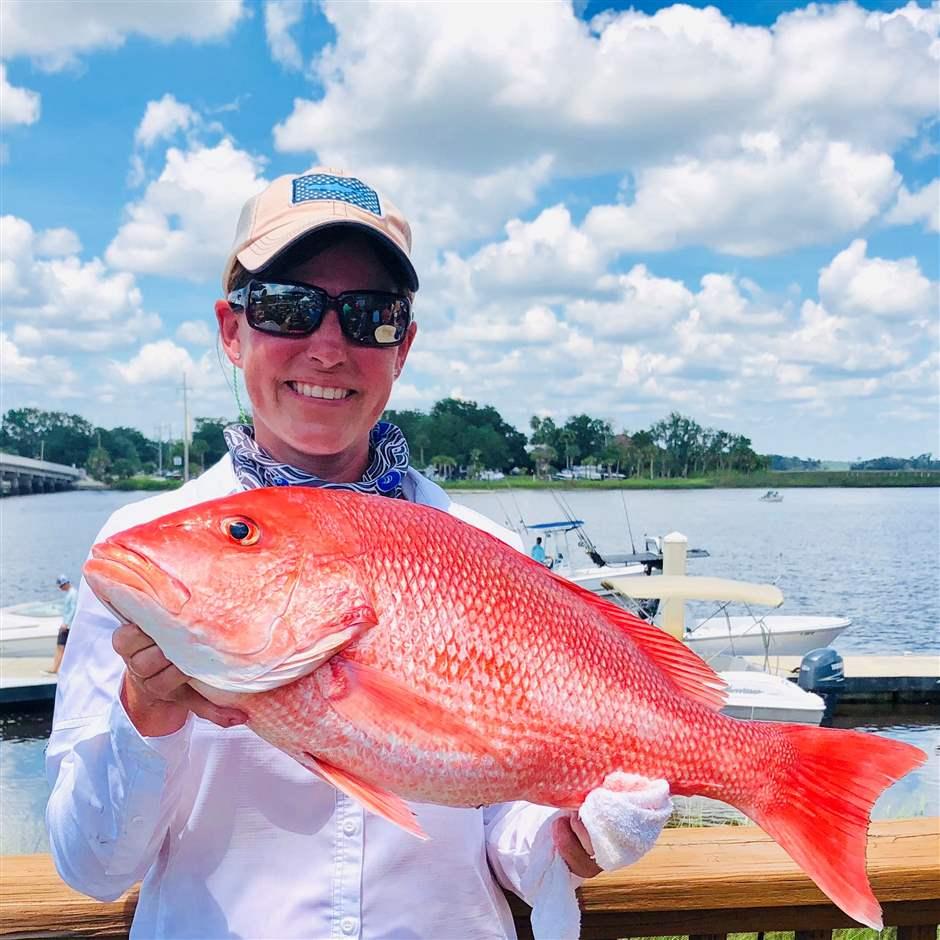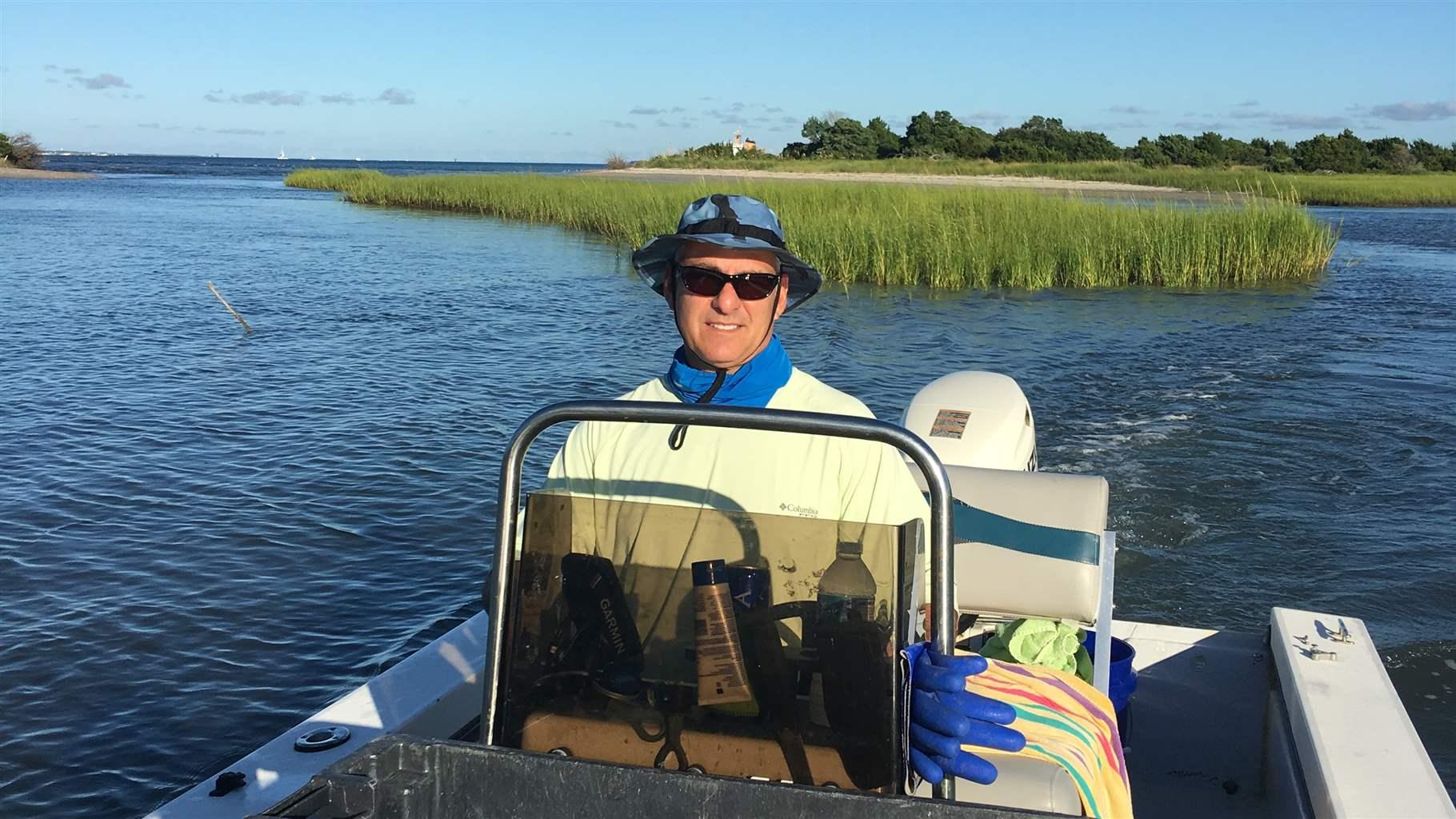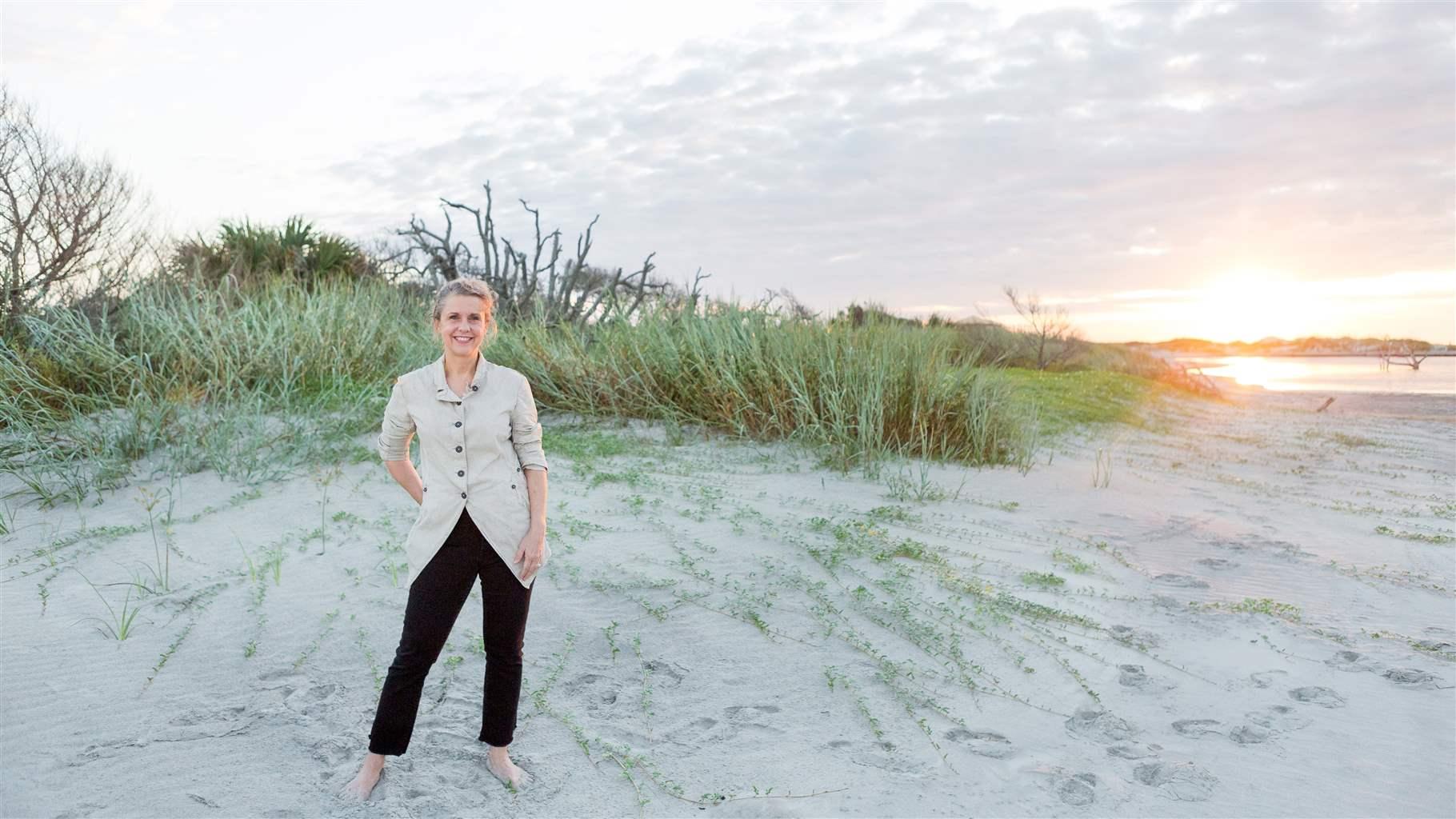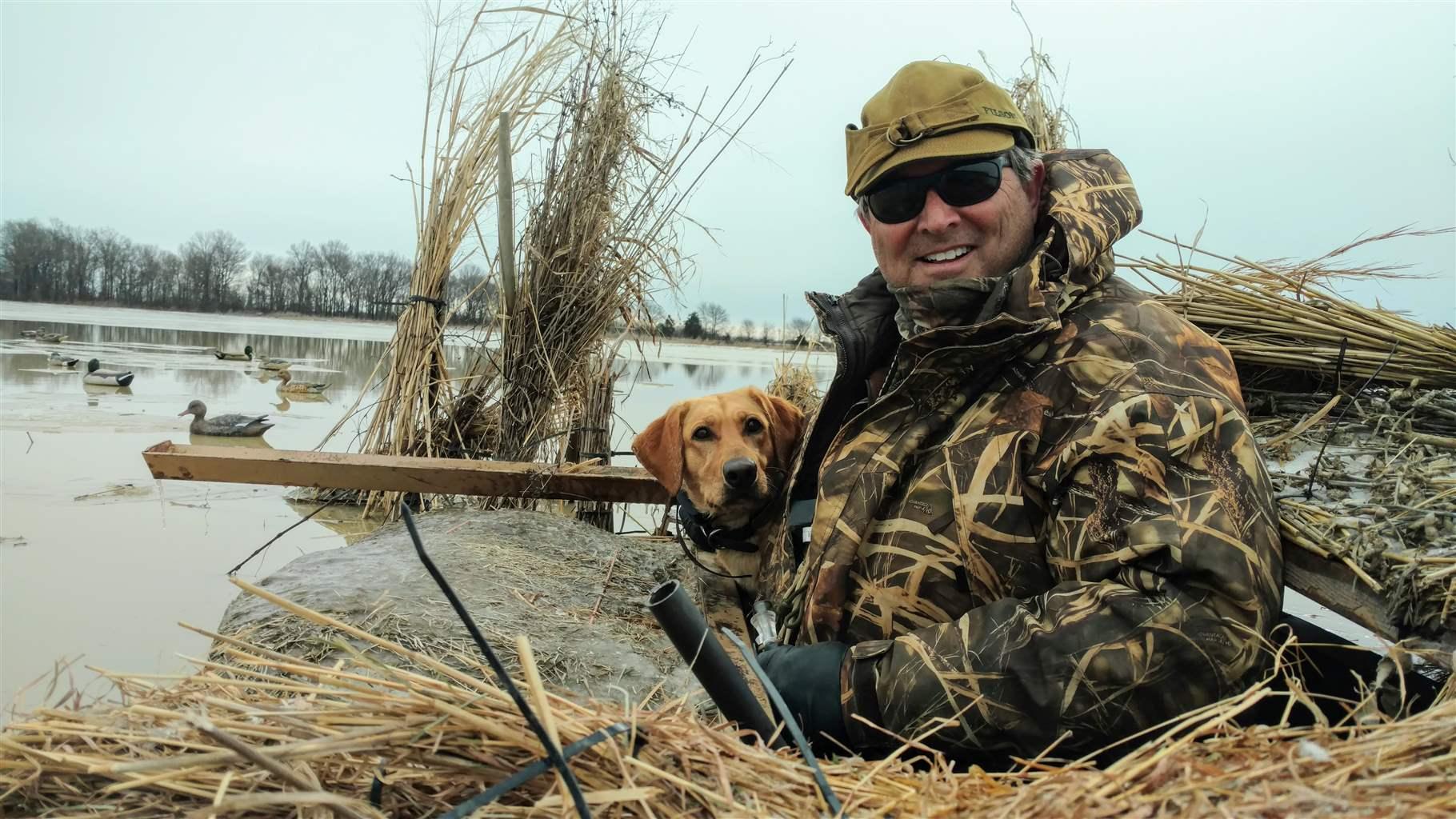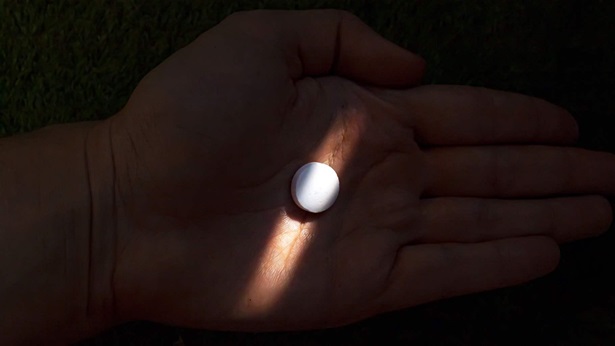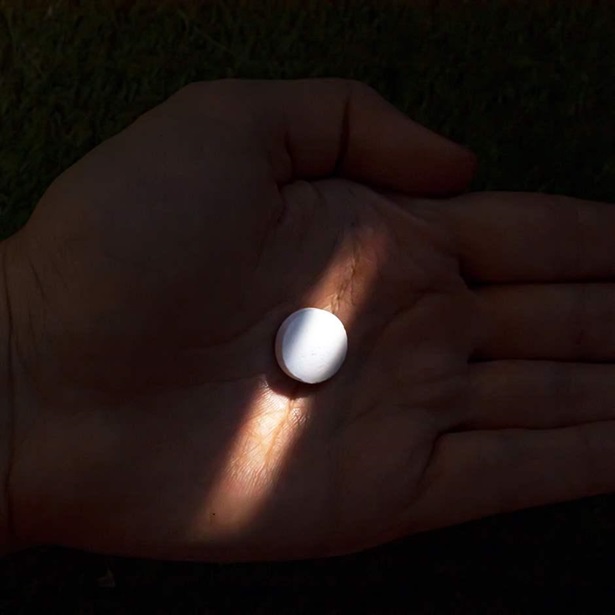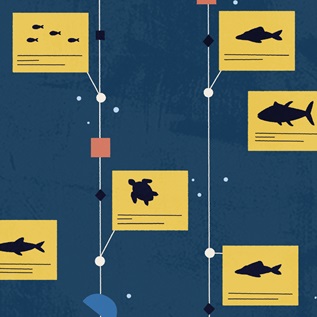Along Southeast Coast, Plan to Protect 1 Million Acres of Salt Marsh Draws Broad Support
Fishermen, hunters, and others say safeguards would help nature and communities from North Carolina to Florida
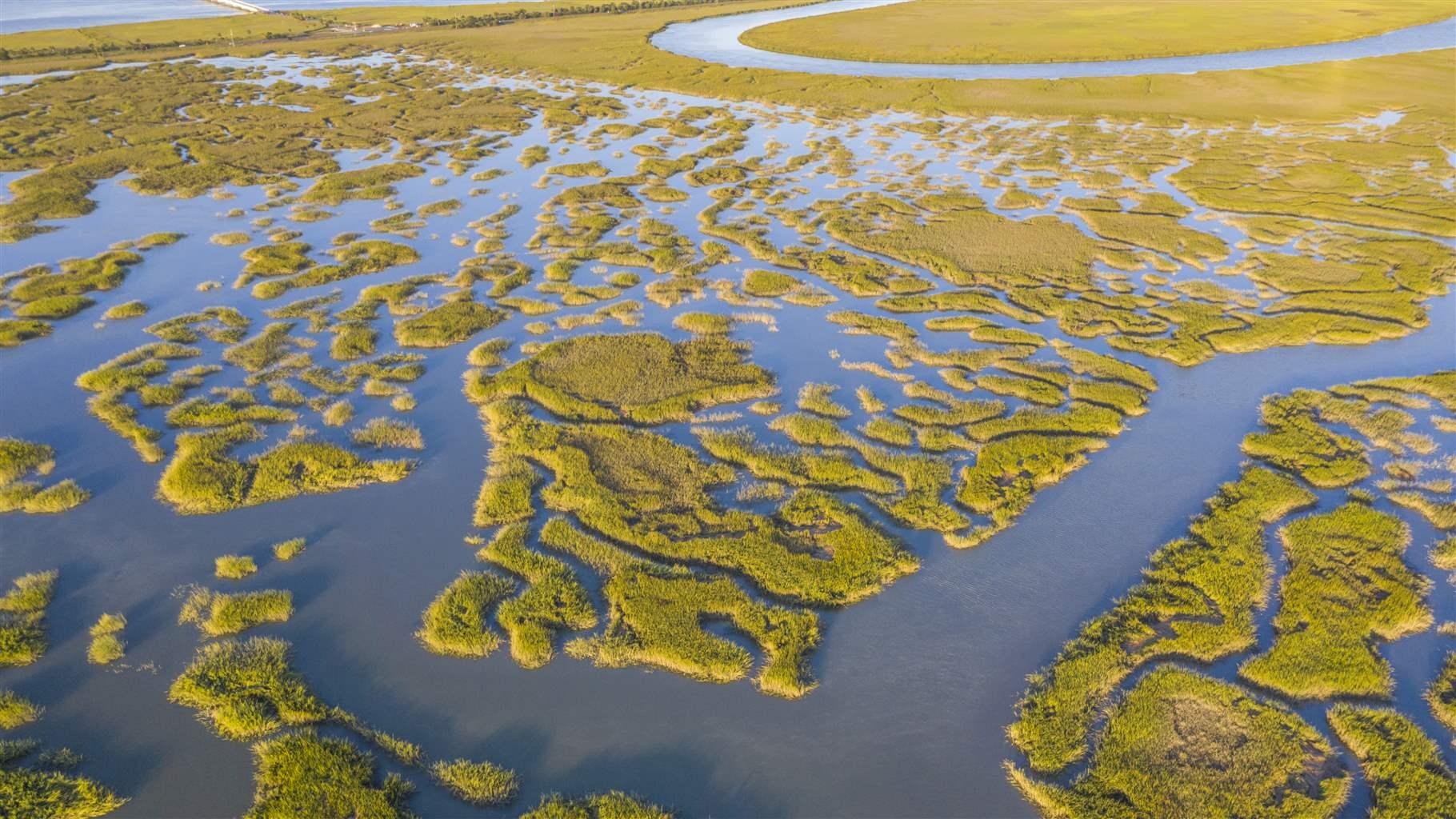
Salt marshes—sinewy channels of coastal grasslands—protect coastlines from flooding, erosion, and storm surge; filter upland runoff; and serve as vital habitat for fish, birds, and other animals.
Recognizing that value to the ecosystem and coastal communities, two dozen groups in the Southeast, representing fishing, birding, hunting, boating, conservation, and public policy interests, signed a letter this month encouraging the creation of a 1 million-acre salt marsh protection plan from North Carolina to northeast Florida.
In the letter, the organizations outlined their commitment to partnering on a marsh conservation plan with a group of regional government and military officials known as the Southeast Regional Partnership for Planning and Sustainability (SERPPAS). SERPPAS includes members of the U.S. Department of Defense and other federal agencies along with state environmental and natural resource officials from across the Southeast. The organization promotes collaboration in making resource-use decisions supporting national defense, conservation of natural resources, and sustainable working lands, waters, and communities in the Southeast. About a dozen military bases and training grounds are located along or close to the Southeast coastline. SERPPAS is scheduled to decide whether to embark on a salt marsh conservation effort at its May 4 meeting.
Southeast salt marshes could use the help: These tidal wetlands face a variety of threats, including rising seas, polluted runoff, and poorly planned development.
With SERPPAS support, a salt marsh conservation plan could help communities and the military better prepare for the future through coordinated, forward-thinking transportation and development, targeted restoration projects, and conservation of adjacent open lands that can provide space for this valuable habitat to migrate as sea levels rise.
Groups that signed the letter of support range from the American Sportfishing Association and the National Association of Counties to Ducks Unlimited, Inc. and Audubon Florida. Below, some of those partners, along with others who back a Southeast salt marsh conservation plan, share why they value this remarkable ecosystem.
“Salt marshes are essential to our quality of life and prosperity as Floridians. They are home to species that capture the imagination—from elusive black rails and musical marsh wrens to wily redfish. The marshes fuel fisheries and real estate values alike. They attenuate storm surge, protecting human communities from hurricanes and sea level rise. Salt marshes help cleanse our runoff of harmful nutrients that can cause algal blooms. And the marshes lock away carbon that would otherwise drive climate change. Our best technology can’t achieve any one of these functions as efficiently, let alone all of them. Protecting and restoring salt marsh makes ecological and economic sense—and comes with the added bonus of scenic vistas, abundant wildlife, and proud coastal traditions that span generations.”
—Julie Wraithmell, executive director, Audubon Florida
“Anglers often look to salt marsh habitat to seek out important recreational species like redfish, flounder, tarpon, and spotted seatrout. Fighting one of these iconic fish on the line is an unforgettable experience and one every recreational fisherman relishes. In addition to providing important habitat for adult fish, salt marshes also serve as critical nursery grounds for juveniles where they can mature in a sheltered and food-rich environment to replenish fish stocks. Making sure we maintain sufficient salt marsh habitat is a high priority to make sure we have sustainable fisheries for generations to come.”
—Kellie Ralston, southeast fisheries policy director, American Sportfishing Association
“I wet my first hook in the North Carolina coastal marshes. These waters might seem a world apart from the rough offshore seas where I’ve made my livelihood as a commercial fisherman, but they are intimately connected. In the summer, I see young fish species, such as gag grouper, that rely on salt marsh and estuary as nursery habitat. In the tidal creeks and shelter of salt marsh vegetation these juveniles mature and prepare for life offshore, just as I did as a young man. We need to work together to protect salt marsh so that it can continue to provide commercial fishermen and communities with fresh, local seafood.”
—Jack Cox, board member, Seafood Harvesters of America
“Seeing the expanse of salt marsh stretching to the horizon when I travel across the Lowcountry feeds my soul, just as nutrients in the tides nourish the marsh. It’s not just the quiet appearance that’s so inspiring; it’s the knowledge we in South Carolina have the chance to steward such a special ecosystem.”
—Laura Cantral, executive director, Coastal Conservation League
“Hunters and anglers greet every day in the marsh. Sunlight glimmers off black and white bufflehead (ducks). Ripples and waving Spartina grasses mark a redfish swimming underneath. The seasons and the times of day give different advantages and disadvantages for the seekers and the sought. Because salt marshes are there, because they have always been there, we can be lulled into thinking they will always be there. But coastal salt marshes are always endangered. Through technological advances in building and bending the world to our wants, it has become possible for us to forever change the salt marsh. As vibrant as this environment is, we can defeat it in an instant. We all must join in appreciating and protecting these critical places.”
—Mike Worley, president and CEO, Georgia Wildlife Federation
A new salt marsh initiative should provide a forward-looking, comprehensive plan to conserve and restore one of the last vast areas of this vital habitat in the United States. Read the letter from supporters at the link below.
Holly Binns and Joseph Gordon are project directors with The Pew Charitable Trusts’ conserving marine life in the United States project.

